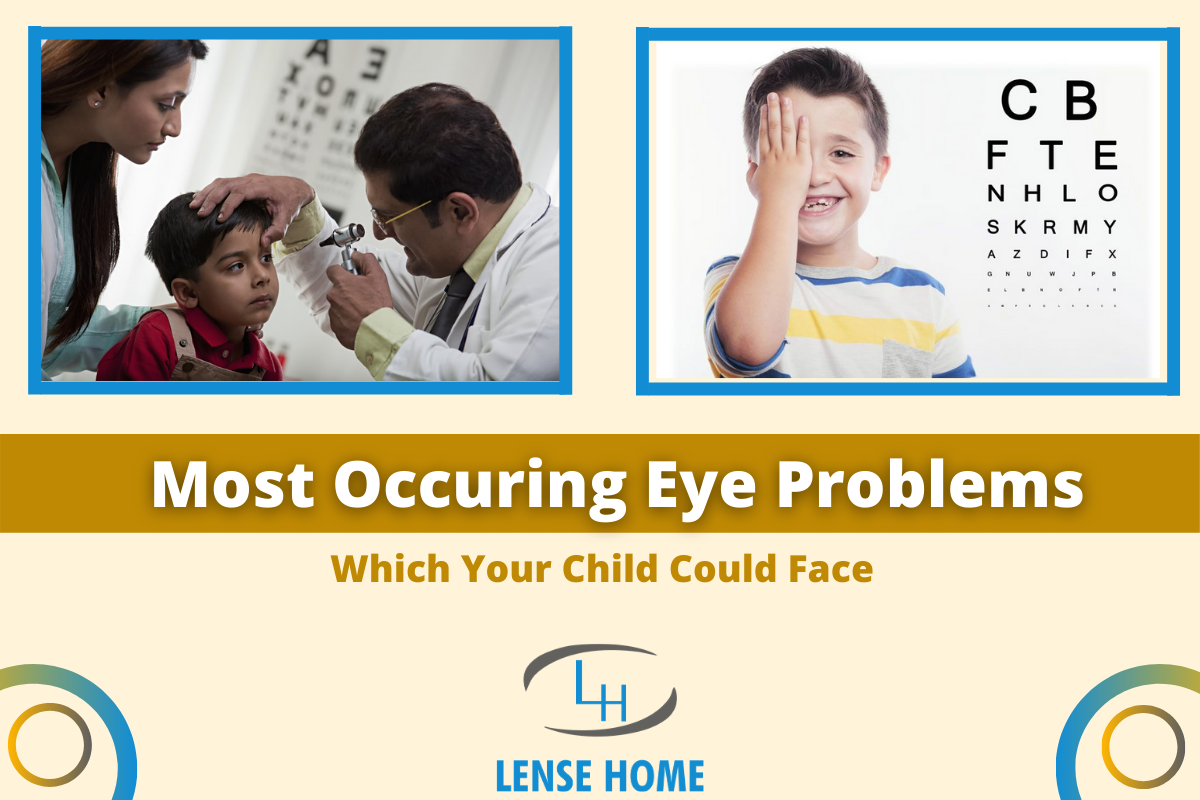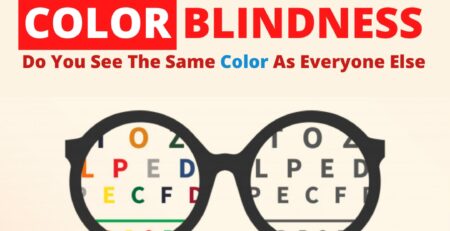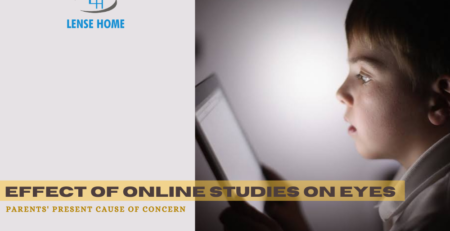3 Most Common Eye Problems Found In Children
Almost every parent is concerned about the optical well-being of their child as they tend to spend most of their time watching mobile phones and computers nowadays. This concern has intensified amid the pandemic when the educational system has got itself completely onto an online platform. Children are now spending a considerable amount of time in front of mobile screens and laptops for their online classes. Parents need to understand that there are a lot of different eye conditions and diseases that can affect a child’s normal vision or might develop over the years. The 3 most common eye problems that are found among children are discussed here. The parents need to have proper knowledge about the common eye problems that might affect the child. An in-depth understanding of these problems and their early detection can help you to protect your child’s eyes.
 Amblyopia
Amblyopia
Amblyopia is commonly referred to as lazy eye. It is a reduced or poor vision in either of the eyes of the child that mostly occurs during early childhood because of the lack of proper visual stimulation. Amblyopia is much easy to treat at an early stage. If left untreated, the child might face very poor vision. A variety of conditions like strabismus (misalignment of the eyes), pediatric cataract, ptosis (droopy eyelid), and refractive error (incorrect focusing power) can be responsible for Amblyopia. Treatment includes using glasses with or without patching.
Hyperopia and Myopia
Hyperopia, also referred to as farsightedness, occurs when the children have trouble seeing objects close to them but can see distant objects clearly. Myopia or near-sightedness is the exact opposite of hyperopia in which the child is not being able to see distant objects clearly but has no trouble in seeing nearby objects. Both the conditions occur because of light not properly focusing on the back of the eye. The child might develop amblyopia if these conditions are not treated at a young age. The most common treatment includes using glasses or contact glasses during this condition.
Conjunctivitis
Conjunctivitis is commonly known as a pink eye that occurs due to a contagious viral or bacterial infection or any other allergic reaction which might not be contagious. If your child faces a pink eye then his eye will turn red and inflamed. There is usually occasional discharge coming out of the tear ducts from the particular eye. The child is advised to stay at home and away from school or public gatherings for a minimum duration of three days to a maximum of a week if he/ she faces a pink eye. The child can return to school/ public gatherings once the tears or the discharges stop oozing out of the eye.
If you suspect any of these eye conditions in your child or your child fails a vision screening then he/ she must be immediately referred to a pediatric ophthalmologist for further evaluation and diagnosis. Early detection and treatment are very important to prevent lifelong visual impairments.












Leave a Reply